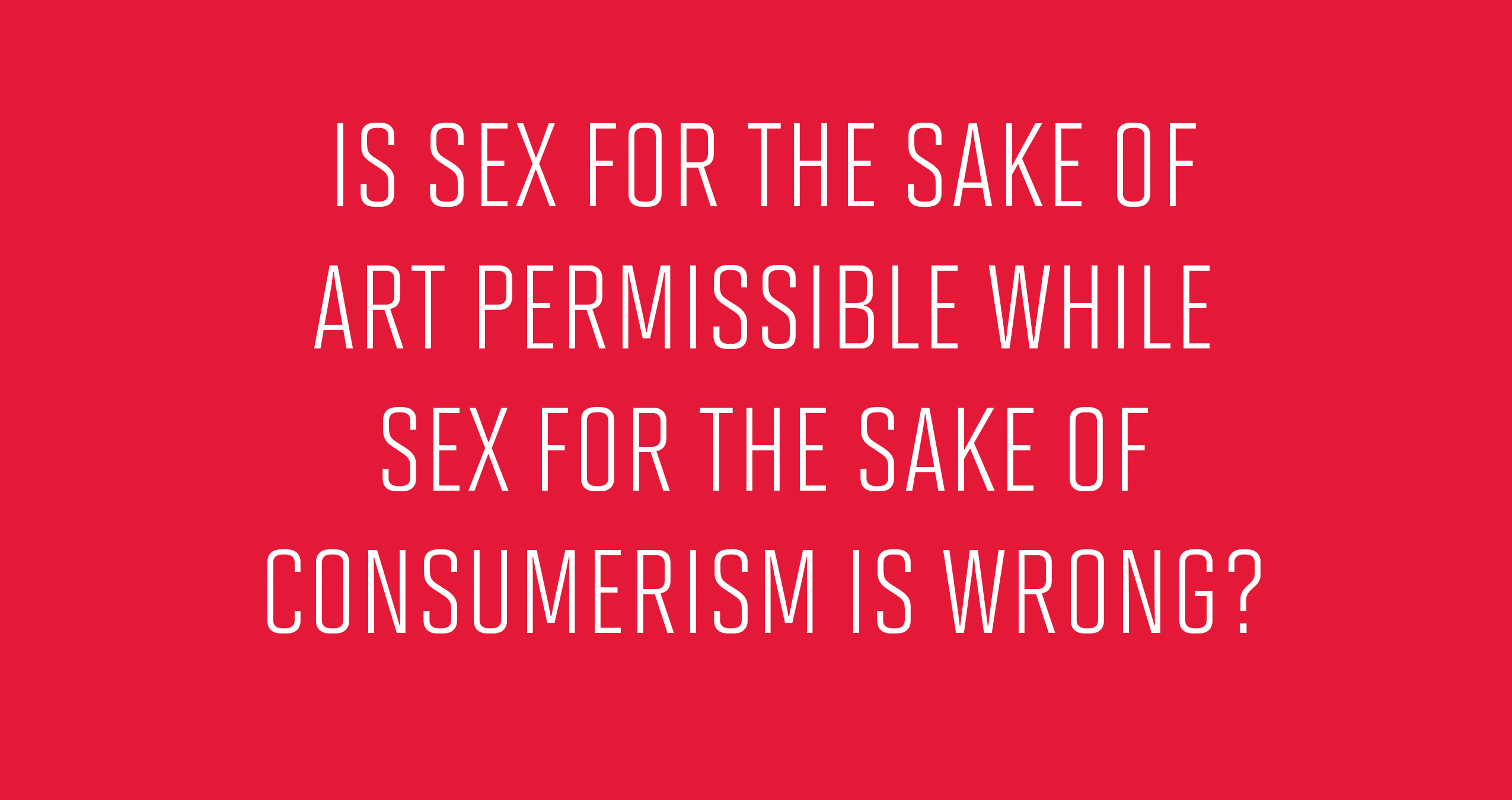Views expressed in opinion columns are the author’s own.
This week, the fashion label Eckhaus Latta released its spring 2017 Collection, along with a few *ahem* revealing ads shot by Heji Shin. Heads turned as the label, headed by Mike Eckhaus and Zoe Latta depicted a slew of diverse, real-life couples being extremely intimate with each other, wearing the label’s designs. Unlike most other depictions of intercourse in marketing or entertainment, it was not simulated. Some key regions are strategically pixelated.
It seems banal to state that sex sells, because of course it does. We all grew up viewing hundreds of ads a day, with more than a few of them depicting over-sexualized, exaggerated visions of women. Sociologists have analyzed trends in print publications and it’s safe to say the disproportionate hyper-sexualization of women is only increasing over time.
Despite some level of normalization among the audience, the advertisements, which cross the boundary between mildly frowned-upon and offensive, such as a 2007 Dolce and Gabbana ad that seemed to glorify gang rape, remain highly controversial. So why is it that steamy, oiled-down sexualization of men and women in fashion is considered an industry flaw, but these highly explicit Eckhaus Latta ads are receiving critical praise and public interest?
This is a complicated question under the age-old umbrella discussion of “What is art?” The Eckhaus Latta ads have been deemed art, and therefore are approached differently than ads that seem to resemble consumer-bait. These ads do resemble art photography rather than fashion photography. Soft lighting, muted tones and vulnerability separate these candid “models” with those of traditional fashion photography. Even the most conservative viewer could find the beauty there.
So, is sex for the sake of art permissible while sex for the sake of consumerism is wrong?
Again, it’s not that simple.
In our critical review of depictions of nudity, intimacy and sex, we straddle the blurry line between what is and isn’t “art,” and the line between what is excusable for the sake of art. Eckhaus Latta’s ads are meant to sell clothing. The label claims their ads double as commentary on voyeurism and true sex-positivity in fashion marketing, but they are still advertisements meant to sell a product. While they are not exclusively art pieces, we still accept them as such because they are able to depict the lovers’ bodies and experiences with realism.
We are also increasingly rejecting ads that treat women as sexual objects and sex as an unattainable ideal. This is a good thing! Critical review of the world around us without assumption based on context is important. It allows us to better identify problematic components of art, such as misogyny in music or movies, and take it at face value while still appreciating the broader artistic merit. It allows us to admire the innovation, creativity and artistic value in any stimulus we come across, even in fashion advertising.
We get to be mindful consumers. We get to enjoy or reject creation based on our own interpretation of the iconography, regardless of setting or format.
Anything can be art. How cool is that?
Erin Hill is a freshman psychology major. She can be reached at erin.mckendry.hill@gmail.com.



